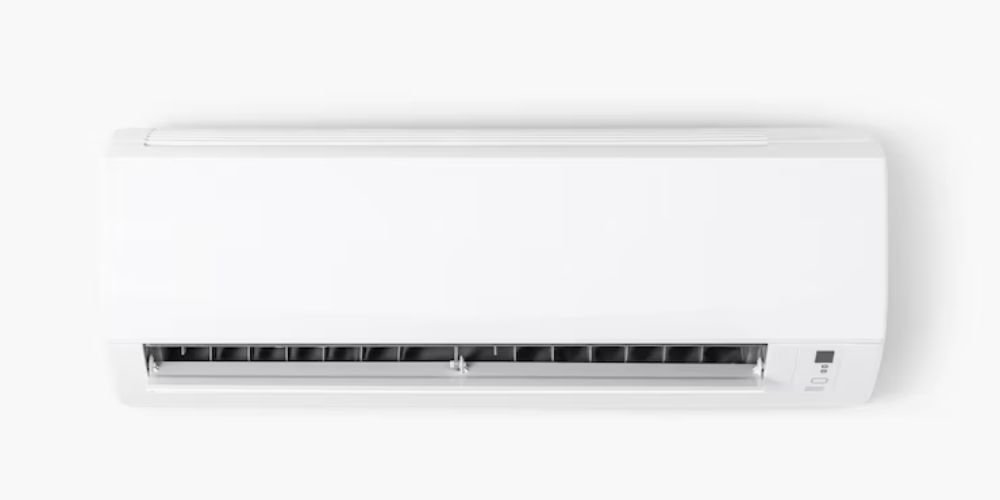Decisions for home cooling come down to systems: central air conditioning or multiple split air conditioners. Within each option are variables that will create differences in efficiency, comfort, and cost. Most decisions are based on house size, budget, desired convenience, and personal control.
It discusses both systems’ mechanics, pros, and cons so that readers understand what will work for them. Whether you like centralized cooling efficiency or flexibility with room-by-room control, these differences help you make the best choice for your home.
Introduction
The right air conditioning system in the home ensures comfort and efficiency. Whether you install a single central air conditioning system or add several split ACs, it can significantly affect your cooling experience, energy usage, and wallet. The blog presents a comparative analysis of the two most common types to help explain things.
This guide will help you decide whether you’re interested in cooling the entire house or different portions of your living space independently.
Overview of Central Air Conditioning Systems

Central air conditioning: Air is cooled in a central location, distributed through a building by Vents, and fired through a system of ducts. A central unit, usually outside or in a service room, refrigerates—uses refrigeration cycles to cool the air in. Ducts with forced-air systems distribute the conditioned air through a home to make it comfortable.
The distribution system also has a thermostat for temperature control. The mechanical system includes a compressor, condenser, evaporator coil, and refrigerant, which work together to cool and circulate air efficiently.
- Pros: It effectively cools large areas evenly, operates quietly indoors due to its noisiest components being located outside, and newer models are more energy-efficient, resulting in savings.
- Cons: The cons are higher up-front costs, ductwork installation if not already present, and potentially higher maintenance costs over time.
Overview of Multiple Split AC

A split air conditioning system involves two central units: an indoor unit with a blower and evaporator coil and another outdoor unit with a compressor and condenser. The refrigerant pipes and electrical cables interlink all the units, allowing them to work independently.
The indoor unit blows the cooled air directly into the room, while the outdoor unit dissipates heat generated during this cooling process. The single-split system provides flexibility and energy efficiency, providing options for individual temperature control over rooms or zones.
- Pros: It can cool only specific zones or rooms and is flexible enough to install without much ductwork. Less operational costs could result when one seeks to cool only occupied areas.
- The cons are that they have a higher upfront cost than window units, the possible aesthetic concerns of multiple indoor units, and slightly higher maintenance requirements for each unit.
Key Factors to Consider
Some critical considerations for choosing between a central air conditioner and multiple split AC units are:
- Space and Home Size: Central AC works very well with larger homes that already have ductwork previously installed, while split ACs allow for increased flexibility in smaller spaces or even those homes that lack ductwork.
- Upfront Expense: Central air conditioners are much pricier upfront since you need one for installation and ductwork. Installing split-AC units, however, should result in lower upfront expenses per unit.
- Energy Efficiency: Both can be energy-efficient systems, but the main advantage of a split AC system is zone cooling, which means cooling only the occupied areas, which cannot be equaled in terms of energy efficiency.
Also Read: https://iaqcleaning.com/check-your-a-c-before-the-summer-heat-hits/
Expert Opinions and Recommendations
When choosing between installing a central air conditioning system and several split AC units, one should consult the HVAC professionals. Experts say several factors determine which alternative is best for every home.
- Home Size and Layout: Central ACs are excellent for large sizes of houses that already have ductwork. The units provide uniform cooling to a home. Split ACs can be used in smaller spaces or even houses without ducts.
- Budget Considerations: Both systems’ upfront installation costs and later maintenance differ significantly. Budget-conscious homeowners may favor split ACs due to the lower initial investment per unit.
- Energy Efficiency: Professionals say that a split AC will save energy through zone cooling, which could be more effective than running an AC through a centralized system that has to cool down the whole house.
Conclusion
Whether to fit a central air conditioning system or several split AC units depends on determining the size of your house, the cost, and your personal needs for control and efficiency.
At this level, professional services, such as IAQ Experts, can be consulted for personal advice. Their expertise will help you understand the differences in cooling system options and bring optimum comfort and efficiency to your home. Contact IAQ Experts today to help you make informed decisions about your heating and cooling needs and live in the most comfortable environment.




